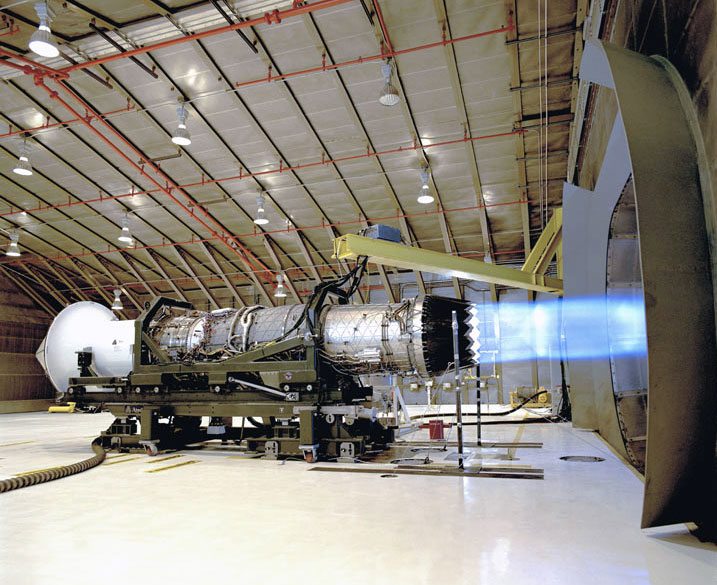In a victory for President Barack Obama, the US House of Representatives voted Wednesday to kill funding for a costly alternate engine for the F-35 fighter aircraft that the Pentagon did not want.
US Defense Secretary Robert Gates said through his spokesman that he was “gratified” by the 223-198 vote against an amendment that would have provided $450 million for the second engine.
“It would be a waste of nearly $3 billion in a time of economic distress, and the money is needed for higher-priority defense efforts,” Gates told members of Congress earlier in the day.
The second F-35 engine was to be built by General Electric and Rolls Royce as an alternative in case the primary engine built by Pratt & Whitney failed.
The amendment was one of some 500 attached to a bill to cover US spending needs over the seven remaining months of the 2011 fiscal year.
Republican majority leader Eric Cantor said debate on the spending bill would be wrapped up in the House by Thursday evening. Debate then moves to the Senate, where Democrats have the majority.
The White House had threatened to veto any bill with funding for the second engine, and Gates made the program an example of wasteful spending that members of Congress indulge in to protect jobs in their districts at the expense of other defense priorities.
The second engine was to be built in Indiana and Ohio, the home state of House speaker John Boehner.
The broader F-35 program already has been beset by cost overruns and delays, which is projected to drive the per unit price of the plane to $92 million.
Pentagon plans to buy 2,443 of the aircraft are now expected to cost $382 billion.
Also known as the Joint Strike Fighter, the fighter was designed to be used by the air force, navy and marine corps as a common platform to achieve economies of scale.
Variants of the aircraft are supposed to replace the air force’s F-16 and A-10 fighters, the Navy’s F-18s and the Marine Corps fleet of Harrier aircraft.
However, the Pentagon has delayed purchases of a Marine Corps variant with a short takeoff, vertical landing capability, and threatened to cancel it altogether if performance, cost and delivery problems are not resolved.









